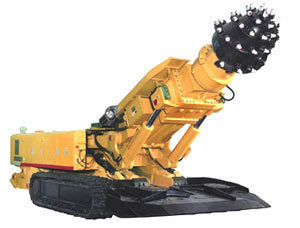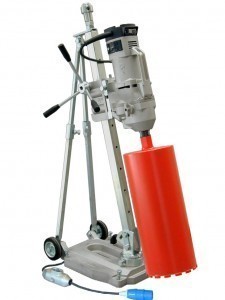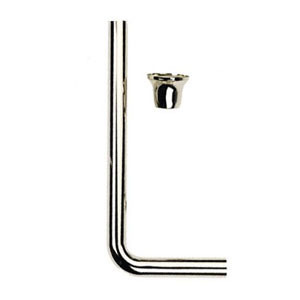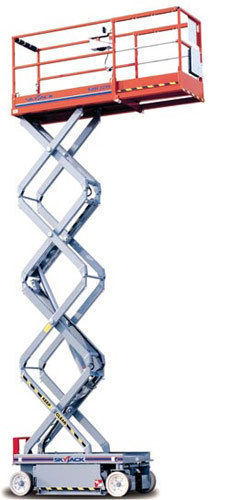Dimensions of a Dike
Also called by other names such as a flood bank, embankment and levee, a dike is 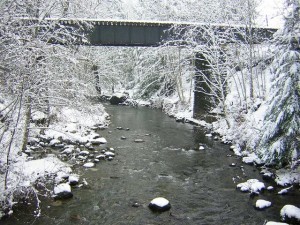 primarily used to regulate water levels. Most of the time, it is designed to be parallel to the coast or the course of a river. It is very useful especially for coastal flood prevention and river flood prevention. Aside from these things, it is also good to know the different dimensions of a dike.
primarily used to regulate water levels. Most of the time, it is designed to be parallel to the coast or the course of a river. It is very useful especially for coastal flood prevention and river flood prevention. Aside from these things, it is also good to know the different dimensions of a dike.
The Different Dike Dimensions
The dimensions of dikes vary depending on the volume of water to regulate. For instance, the dike system in Mississippi covers approximately 5,600 kilometers or 3,500 miles. The part that stretches from Missouri’s Cape Girardeau to Mississippi Delta covers 1,600 kilometers or 1,000 miles. Some dikes in Mississippi are as high as 15 meters or 50 feet.
Based on historical accounts, the French settlers in Louisiana started the dike system some time in the 18th century, the purpose of which was to protect New Orleans. The first dikes there covered only 80 kilometers or 50 miles. In terms of height, they only averaged 0.9 meters or 3 feet. When the mid-1980s arrived, the average height of these dikes was 7 meters or 24 feet. In addition, some of these dikes were as high as 15 meters or 50 feet.
Additional Facts and Other Interesting Details
The primary purpose of creating dikes is to avoid flooding, particularly in the adjoining areas. In the United States, the most prominent dike systems can be found along the Sacramento River as well as the Mississippi River. In Europe, you can find notable dikes in Danube, the Netherlands and Vistula. The same also goes for the Meuse River, Rhine and Po. These levees were intended for river flood prevention. Some dikes are designed for coastal flood prevention, such as the case in Nova Scotia as well as in the Bay of Fundy in New Brunswick, both of which are to be found in Canada.
Although dikes have been in existence for a very long time, numerous failures and breaches already took place in the past. In 1927, the Great Mississippi Flood took place when the dikes of the Mississippi River breached. It resulted in floods that killed hundreds of people in various states and displaced approximately 700,000 individuals.
In December 1955, part of the Feather River collapsed, which is found in the southern part of Yuba City in California. One of the latest breaches happened in August 2009, wherein Typhoon Morakot caused breaches in Southern Taiwan that led to flooding in different regions.
